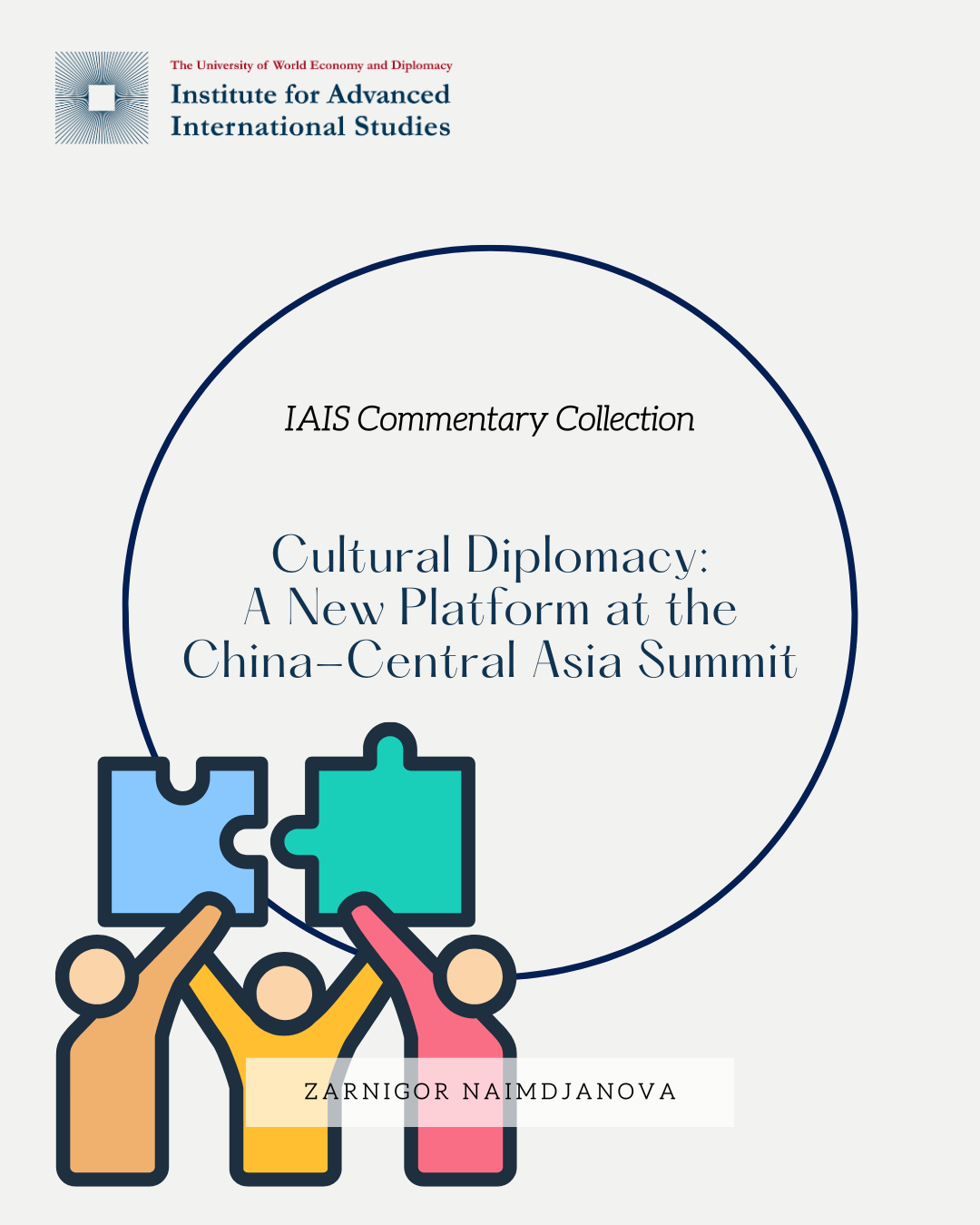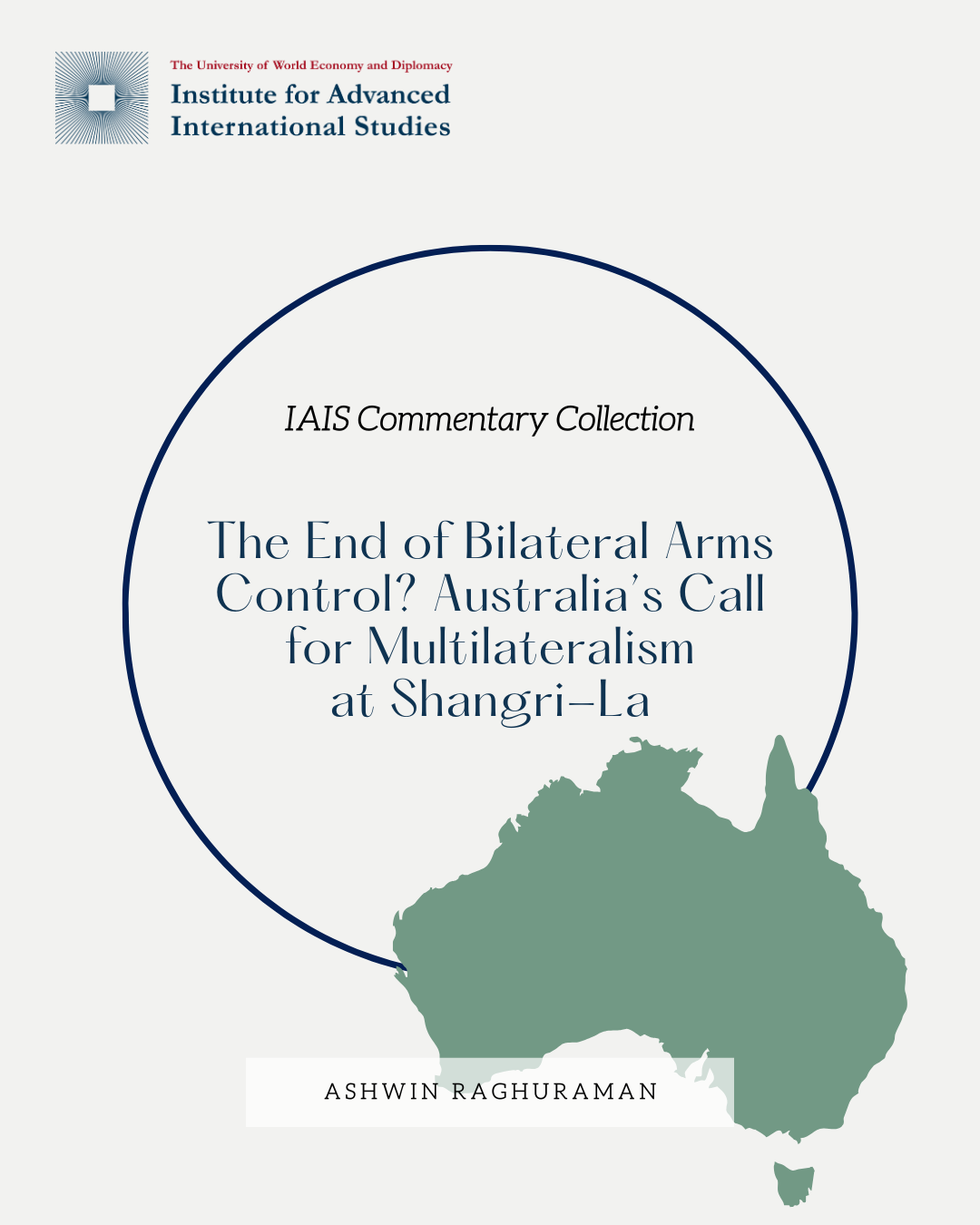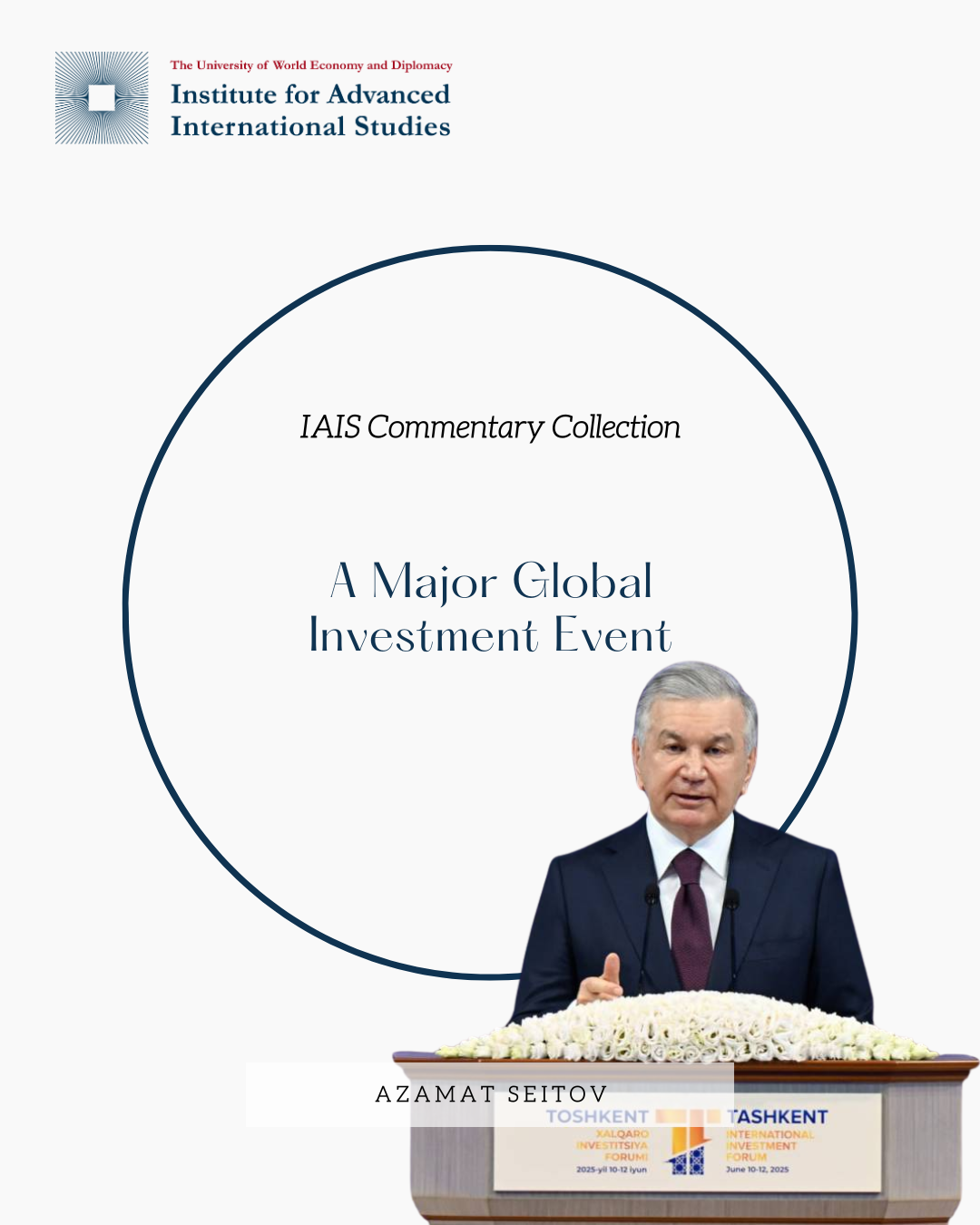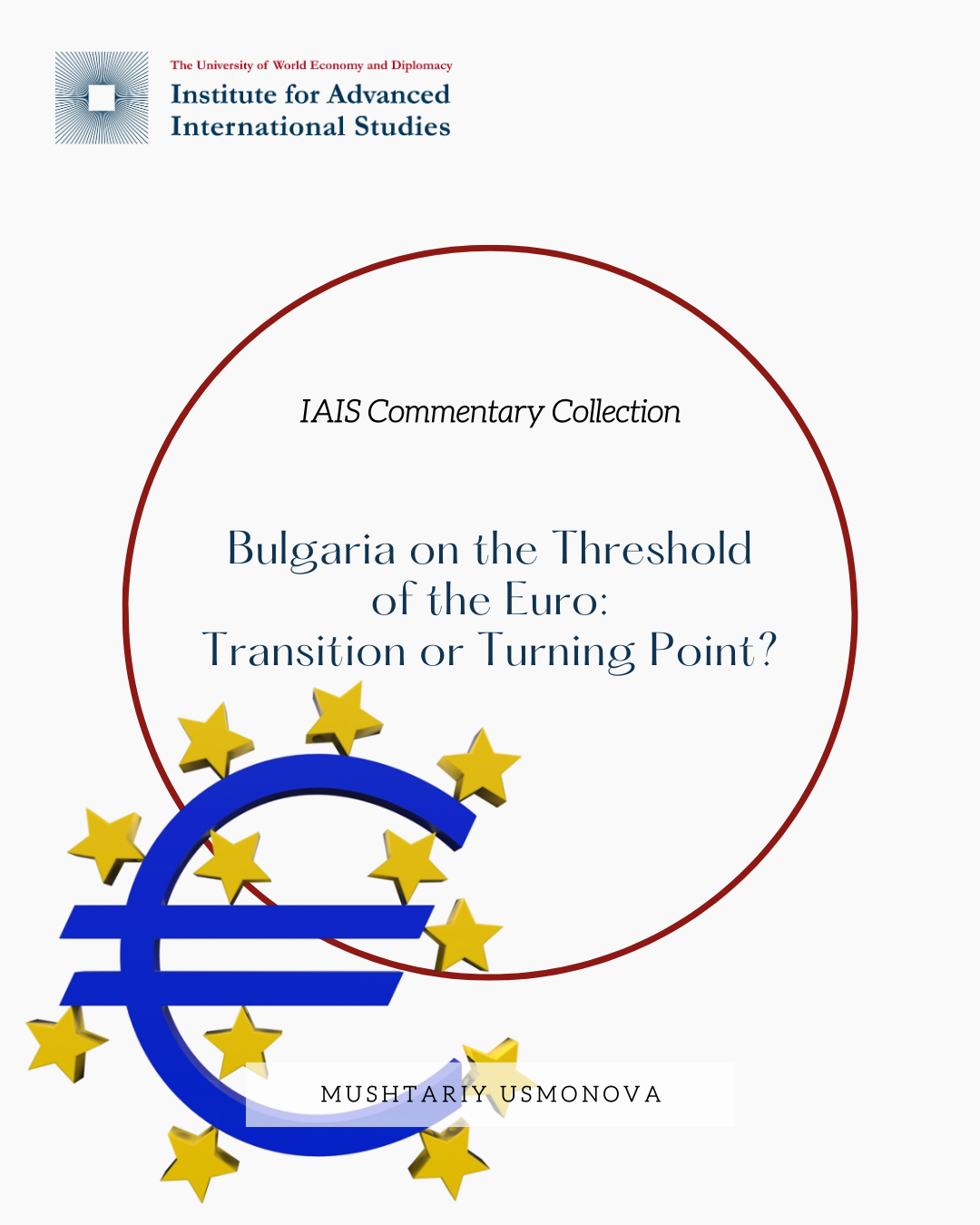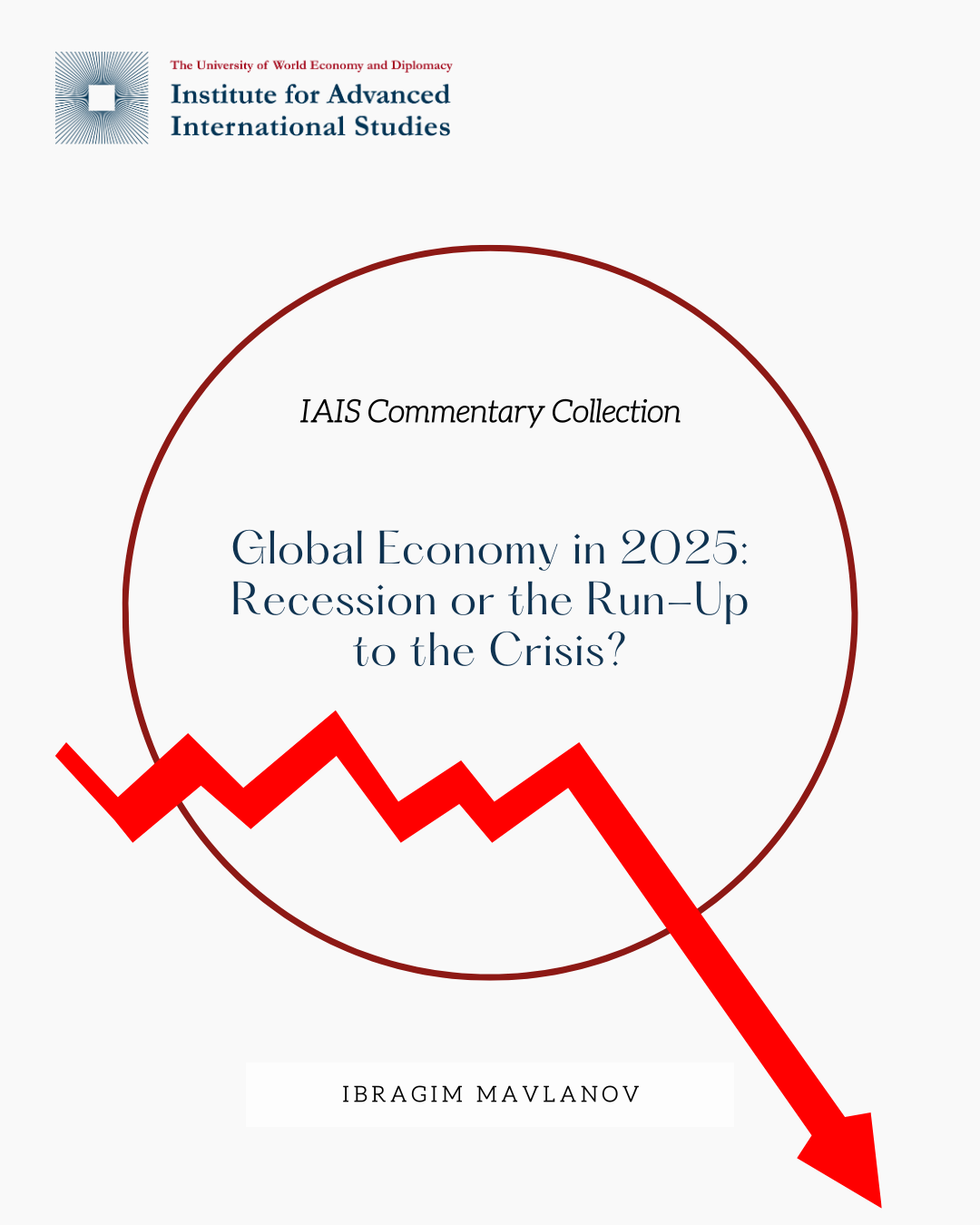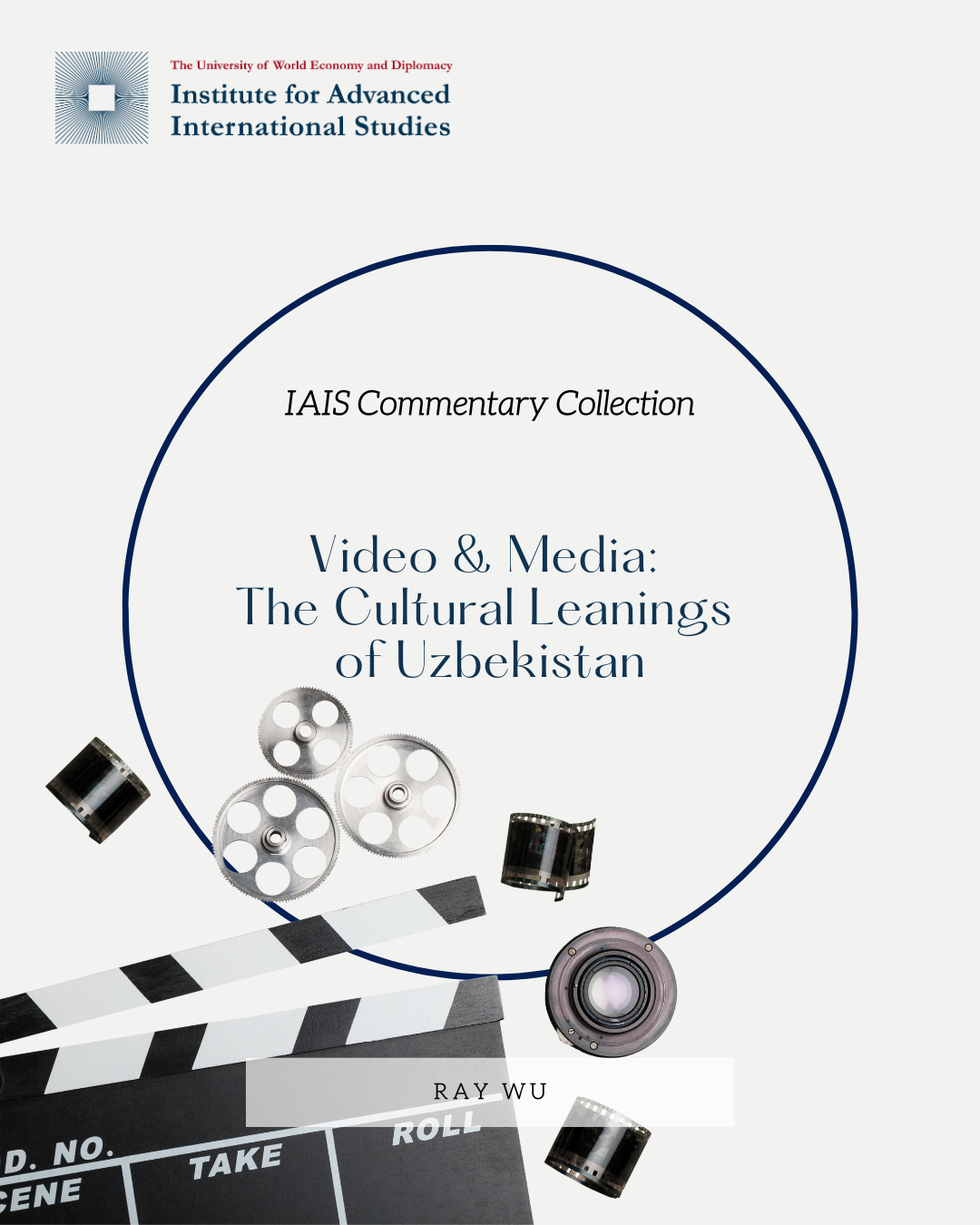Australian Deputy Prime Minister and Minister for Defence Richard Marles’ 2025 Shangri-La Dialogue speech marks a notable shift in tone and ambition for Australian defense diplomacy. This past weekend, the International Institute for Strategic Studies hosted the Shangri-La Dialogue (SLD), where high-ranking political and military leaders shared views on pressing security challenges facing the Indo-Pacific. Amid heightened regional tensions and accelerating technological change, Marles used his platform to call for a reimagining of global arms control architecture – one that moves beyond Cold War-era bilateralism and confronts the unique dynamics of a multipolar Indo-Pacific.
Marles’ remarks departed from Australia’s traditionally cautious stance. Rather than deferring to the arms control leadership of great powers, Australia positioned itself as a powerful voice in advocating for a new multilateral framework that integrates nuclear, conventional, and emerging technologies. In doing so, Marles not only reaffirmed Australia’s commitment to the Non-Proliferation Treaty (NPT) but also acknowledged its limitations in a security landscape increasingly defined by asymmetric threats, regional power competition, and the erosion of legacy agreements like New START and the INF Treaty.
Historically, Australia has played a supportive but secondary role in global arms control efforts. While it has been committed to the rules-based international order, including the Treaty on the Non-Proliferation of Nuclear Weapons (NPT) and the work of the International Atomic Energy Agency (IAEA), Canberra has largely deferred to the US when it comes to shaping arms control norms and enforcement.
For decades, Australian arms control policy could be characterized by three core features: non-proliferation advocacy, alliance alignment, and regional risk management.
First, Australia’s support of non-proliferation has been a pivotal component of its foreign policy. It has consistently championed the NPT as the cornerstone of global nuclear restraint and has taken pride in its status as a non-nuclear weapons state with exemplary compliance under IAEA safeguards. Australia was also instrumental in the establishment of the South Pacific Nuclear Free Zone (Treaty of Rarotonga), and has used significant political capital to urge allies to distance themselves from nuclear weapons.
Second, Australia’s security posture has been tightly tethered to the United States, particularly through the ANZUS and AUKUS alliances. This alignment extended to arms control: Canberra generally supported U.S. positions in bilateral negotiations such as the New Strategic Arms Reduction Treaty (NEW START) and the now-defunct Intermediate-Range Nuclear Forces (INF) Treaty. However, it rarely played a direct role in shaping the terms of these agreements, treating arms control as a domain dominated by the trans-Atlantic superpowers.
Finally, Australia’s regional approach has tended to focus on known proliferation risks, primarily North Korea and, to a lesser extent, Iran. Its arms control diplomacy has typically been reactive and risk-based, concerned more with specific threats to regional stability than wider frameworks. This has translated into strong support for sanctions, maritime interdiction of illicit weapons transfers, and efforts to prevent the spread of missile technology in Southeast Asia.
This limited scope reflected Australia’s strategic calculations: as a middle power with strong non-proliferation credentials but no nuclear arsenal, its influence in arms control was best exerted through multilateral compliance and alliance solidarity. The Cold War-era model of bilateral U.S.-Russia negotiations largely shaped the global arms control environment, and Australia operated within that model.
What Marles’ 2025 Shangri-La Dialogue speech suggests, however, is that this traditional posture may no longer be tenable.
Deputy Prime Minister Richard Marles’ 2025 address at the Shangri-La Dialogue marks a significant departure from Australia’s historical approach to arms control. Moving beyond Australia’s traditional support role, Marles calls for the development of new frameworks that reflect the geopolitical and technological complexity of the current era.
Marles’ core argument was unambiguous: bilateral arms control, particularly between the U.S. and Russia, is no longer sufficient in a multipolar, tech-driven world. This speech comes in light of Russian military aggression against its neighbors and its invasion of Ukraine, as well as the U.S. increasingly distancing itself from global partnerships. In recent weeks, the Trump administration has imposed a series of isolationist trade measures — including a 10 per cent tariff on all Australian goods and a planned 50 per cent steel and aluminum tariff — signaling a shift away from the liberal economic order it once championed. Simultaneously, cuts to foreign aid and development assistance have left strategic vacuums in regions where U.S. influence was once decisive. As American foreign policy turns inward, Australia appears to be recalibrating its defense diplomacy, recognizing that reliance on a single great power to underwrite regional security is no longer tenable.
While Marles does not explicitly remove the U.S. from the equation – he even references Secretary of Defense Pete Hegseth’s reaffirmation of the Indo-Pacific as America’s strategic priority – his speech subtly signals a growing awareness that U.S. leadership alone is no longer sufficient to guarantee regional stability. Instead, Marles positions Australia as both a contributor to and advocate for a more inclusive and distributed model of security governance. Marles’ call for a multilateral arms control framework thus reflects not just a critique of bilateralism, but also a broader strategic response to a less engaged and less predictable United States.
At the same time, Marles linked traditional arms control to emerging technologies and new domains of warfare, such as cyber, space, and autonomous systems. The framing that ‘traditional arms control frameworks are being surpassed without any established method of control to supplement them’ reflects a recognition that deterrence and escalation risks now extend well beyond nuclear warheads and delivery systems. It also suggests that Australia sees arms control not as a relic of the Cold War, but as a living framework that must evolve in parallel with military modernization.
This is a profound shift. Rather than merely supporting international arms control from the sidelines, Australia is signaling its intention to participate in shaping the rules, particularly in the Indo-Pacific. In invoking both the legacy of the NPT and the need for a new ‘architecture of restraint,’ Marles situates Australia as a middle power prepared to bridge the gap between declining bilateralism and a still-unrealized multilateralism in arms control.
This pivot is also framed as consistent with Australia’s strategic modernization under AUKUS. Marles carefully reaffirmed Australia’s compliance with the NPT, particularly in relation to its acquisition of nuclear-powered submarines. But he also argued that this capability would contribute to regional geostrategic balance – in other words, that Australia’s growing military strength is a stabilizing force. By embedding arms control within broader strategic logic, the speech effectively connects non-proliferation norms with hard power realities.
In sum, the speech advances a new doctrine: arms control as a modern, growing Indo-Pacific security imperative, not just a Cold War inheritance.
Building on his critique of bilateral arms control, Marles outlined a forward-looking vision for a multilateral Indo-Pacific security architecture. Recognizing the unique challenges of this diverse and volatile region, Australia aims to leverage its position as a middle power to facilitate cooperative frameworks that transcend traditional alliances and embrace broader multilateralism.
Central to this vision is the integration of multiple actors and mechanisms. Marles emphasized the importance of working closely with established regional institutions such as ASEAN and the Pacific Islands Forum, while simultaneously reinforcing strategic partnerships like the Quad and AUKUS. This multi-layered approach creates an interconnected web of security cooperation that balances the interests of major powers with those of smaller states.
Importantly, Australia’s push for regional arms control does not seek to undermine its alliance with the United States but rather complements it by encouraging burden-sharing and broader responsibility among Indo-Pacific states. By positioning itself as a convener and mediator, Canberra aims to bridge the gap between U.S. leadership and the diverse interests of regional partners, crafting a global order that is both inclusive and resilient.
Moreover, Australia’s advocacy for an inclusive Indo-Pacific security architecture reflects its recognition of the rising strategic ambitions of regional powers such as China, India, Japan, and Indonesia. Marles’ proposal implicitly acknowledges that durable peace and security require not only U.S.-led initiatives but the active engagement and ownership of these key states. The goal is to build mechanisms where cooperation on arms control can be decoupled from broader geopolitical rivalries, fostering dialogue and mutual restraint even amid competition.
Finally, Marles’ vision signals a more proactive Australian diplomatic posture. Rather than passively adapting to shifting great power dynamics, Australia is positioning itself as an agenda-setter and bridge-builder capable of convening diverse interests and facilitating consensus. This elevates Canberra’s diplomatic profile and reflects a broader trend among middle powers seeking to shape global governance through multilateral institutions tailored to contemporary security challenges.
This strategic recalibration aligns with Australia’s broader defense modernization and diplomatic efforts under the AUKUS framework and the 2024 National Defence Strategy. It reflects Canberra’s understanding that sustainable regional stability will depend on a multilateral ‘architecture of restraint’ that adapts to technological innovation, geopolitical complexity, and the erosion of legacy agreements. In this way, Australia is charting a path from the Cold War’s bilateral arms control legacy toward a more pluralistic, regionally embedded framework for peace and security.
* The Institute for Advanced International Studies (IAIS) does not take institutional positions on any issues; the views represented herein are those of the author(s) and do not necessarily reflect the views of the IAIS.

